The Moray Firth Special Area of Conservation (SAC), designated in 2005, protects the only resident population of bottlenose dolphins in the North Sea, which is the most northern resident bottlenose dolphin population in the world! In today’s blog, Rona Sinclair from our marine team and Barbara Cheney from the University of Aberdeen dive into the latest monitoring results and research from this important habitat for this population along Scotland’s east coast.
Historically centred around the Moray Firth, there are now estimated to be over 200 bottlenose dolphins that live along the east coast of Scotland. This population of dolphins has been the focus of an intensive research programme, carried out by the University of Aberdeen Lighthouse Field Station in collaboration with the Sea Mammal Research Unit (SMRU) at the University of St Andrews for over 30 years. NatureScot contracts the University of Aberdeen, jointly with SMRU, to make regular status assessments as part of the site condition monitoring programme for the European National Site Network and the Scottish MPA network.
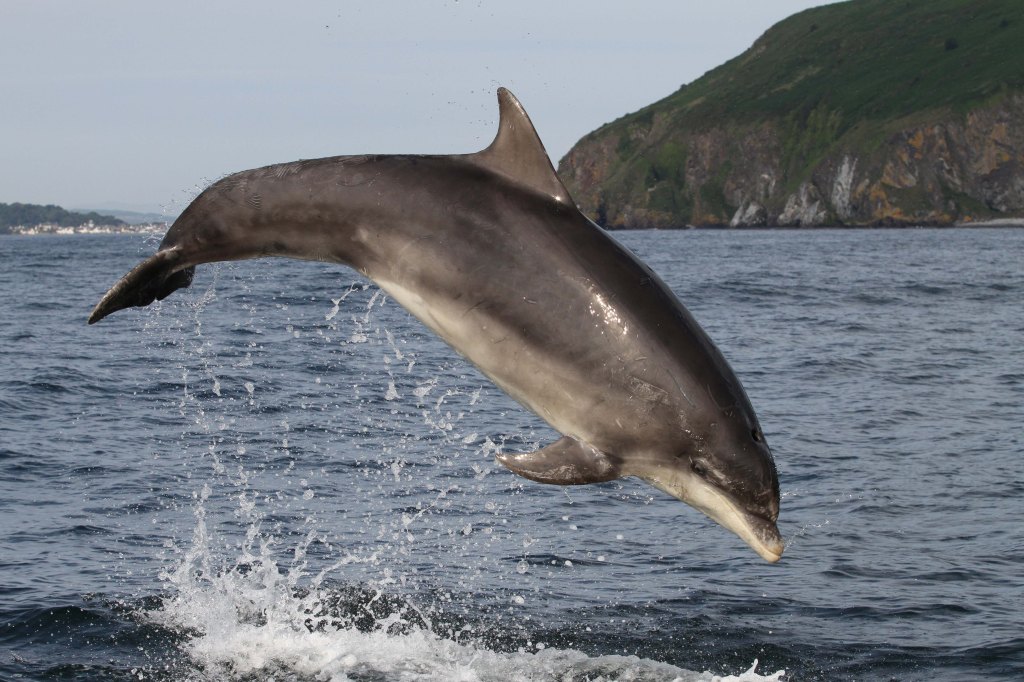
This research and monitoring work is based on the annual collection of photographs of individually recognisable dolphins, identified using nicks and rakes on their dorsal fins. Boat-based surveys are carried out between May and September in both the Moray Firth and the Firth of Tay and adjacent waters. The research in these two locations provides data on abundance, distribution, survival, reproduction, social structure, and body condition. Passive acoustic monitoring of underwater sounds, including dolphin vocalisations and anthropogenic noise, in the inner Moray Firth complements the photo-identification work, providing information on how the dolphins use the SAC and even data on feeding activity.
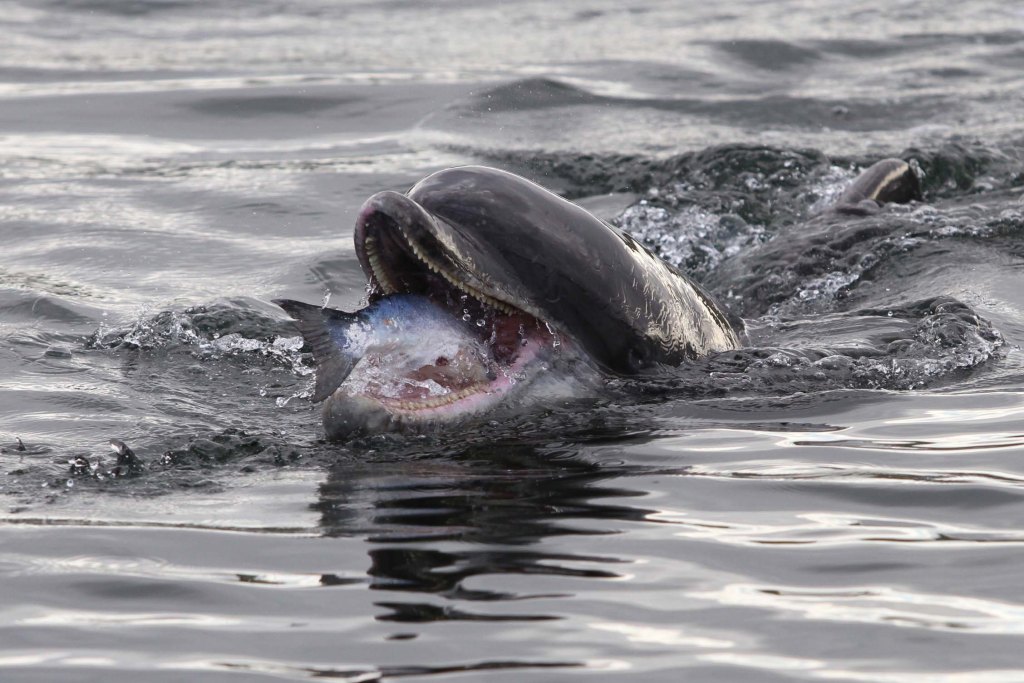
Since 2014 the long-term monitoring programme in the SAC has been supported through a hugely successful collaboration between industry, universities, nature conservation bodies and government, in the form of the Moray Firth Marine Mammal Monitoring Programme (MMMP). This joint initiative has allowed the continued development of integrated research and an annual monitoring programme. The results have provided a strong evidence base for understanding changes over time in this bottlenose dolphin population and enabled a quantitative assessment of potential impacts for both management and conservation.
The Moray Firth is a busy place and since its designation as an SAC the dolphin population has faced changing pressures in its habitat. This designation provides an additional level of environmental assessment, with the Conservation Objectives seeking to maintain the condition of the bottlenose dolphin population as one of the SAC’s protected features. This designation is also an opportunity for stakeholders to input into decisions being made about activities, has been effective at assessing potential impacts, and has required additional mitigation and monitoring to ensure the site Conservation Objectives are met.
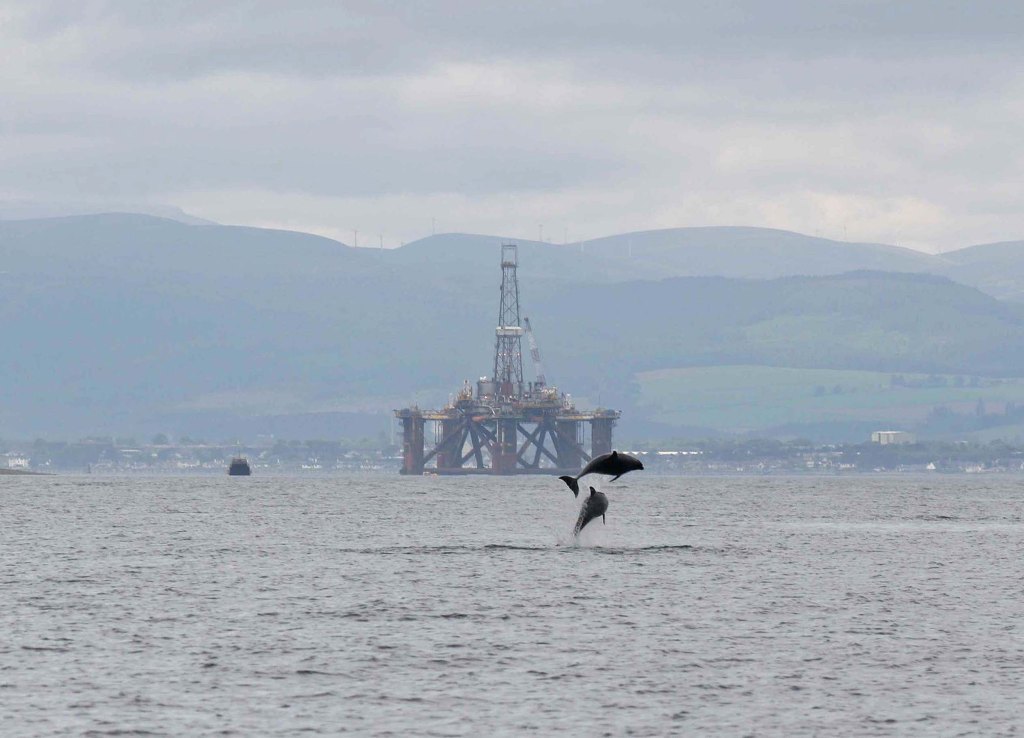
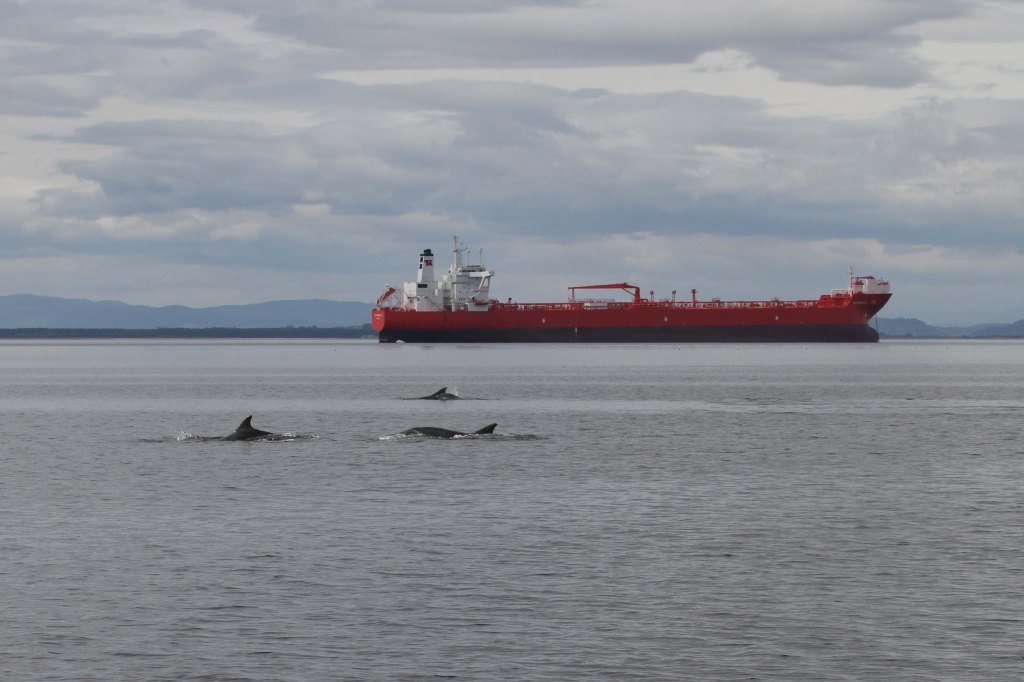
Change over 20 years of monitoring
In the early 1990s before the SAC was designated the bottlenose dolphin population in the Moray Firth was thought to be largely contained within the future SAC boundary, and by the time of designation was reported to be in Unfavourable (recovering) condition. This most recent 2024 site condition monitoring report, including new analyses and data collected between 2017 and 2022, shows that the long-term trend (since 2001) in the number of dolphins using the SAC is stable and the use of this protected area continues to be high. However, the short-term trend (over the last 6 years), does show a decline in the number of dolphins using the SAC. At the same time, there has been an increase in the number of dolphins using the Tayside area and adjacent waters. This highlights a need to investigate the potential drivers of this change in habitat use through continued monitoring and further targeted research. Despite this decline in SAC usage, the east coast population continues to increase, with both the SAC and Tayside and adjacent waters being used by more than 50% of the dolphin population in most years.
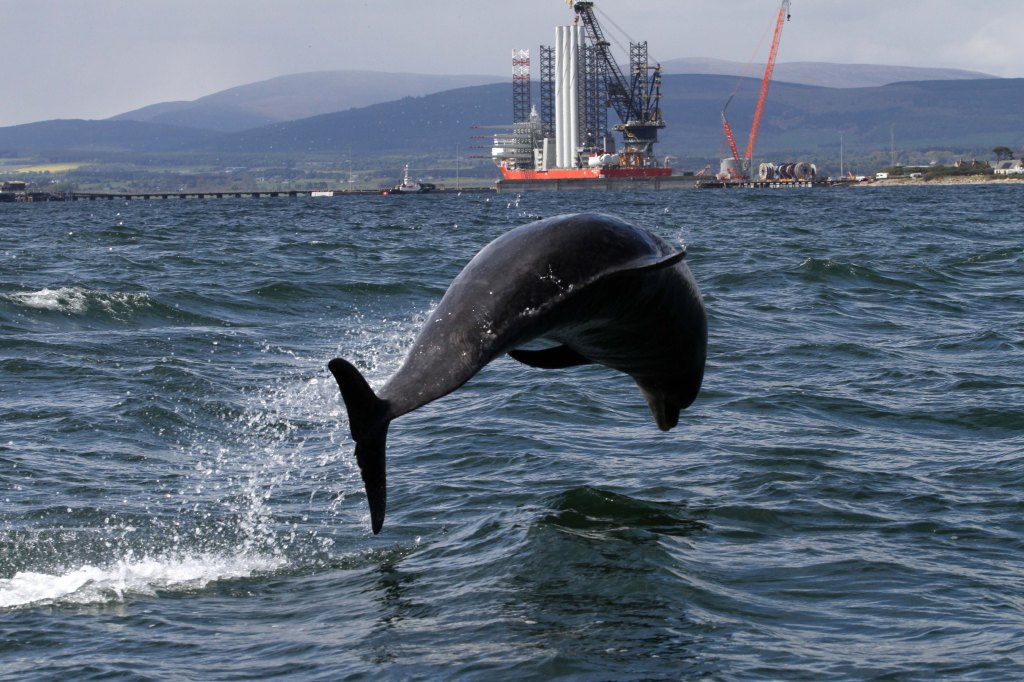
Looking to the future – next steps
Results from the latest site condition monitoring report emphasise the need to understand the recent change in use of the SAC. Continued monitoring of both the Moray Firth SAC and East Coast waters is crucial to support future site condition assessments of the Moray Firth SAC and further develop our knowledge of this bottlenose dolphin population. This will ensure a continuity of research and future tracking of trends in abundance, survival and reproduction.
To increase understanding of the use of areas by this population outwith the SAC and Tayside and adjacent waters, the current focussed data collection should be complemented by additional studies. This should include integrating photographs of dolphins from citizen scientists, which have already added to our understanding of the movements of individual dolphins, including the continuing range expansion into northeast England to longer range movements to other parts of the UK and Ireland, and even into European waters. A new programme of work has recently started to improve understanding of the population’s range expansion into NE English waters including quantifying the connectivity of dolphins across its range.
There are also opportunities to investigate whether the change in use of the SAC is due to changing conditions in the Moray Firth habitat or improvements in other areas along the east coast, or both. Ideally future research will focus on ecosystem quality, including stressors and drivers of population change. Surveillance of key habitat features (e.g. prey) and pressures (e.g. vessel activity) could indicate how these are driving changes in dolphins’ habitat use. Vessel traffic within the SAC is expected to increase and ports and harbours are expanding to support offshore energy developments, which present new opportunities to develop our understanding of interactions between bottlenose dolphins and human activity. For example, there is potential for exploiting AIS vessel tracking data and broadband passive acoustic monitoring to evaluate any impacts in key areas of dolphin presence. Also, it is important to explore links between trends in key prey species and observed trends within the bottlenose dolphin population.
Despite the recent decline in the use of the Moray Firth SAC, overall, the news continues to be positive for this small bottlenose dolphin population. Over the longer term the use of the SAC is stable, the use of this protected area is high, and the east coast population is increasing. This has resulted in the current condition status of the Moray Firth SAC being assessed as Favourable (maintained).
The full report is available on the NatureScot website.
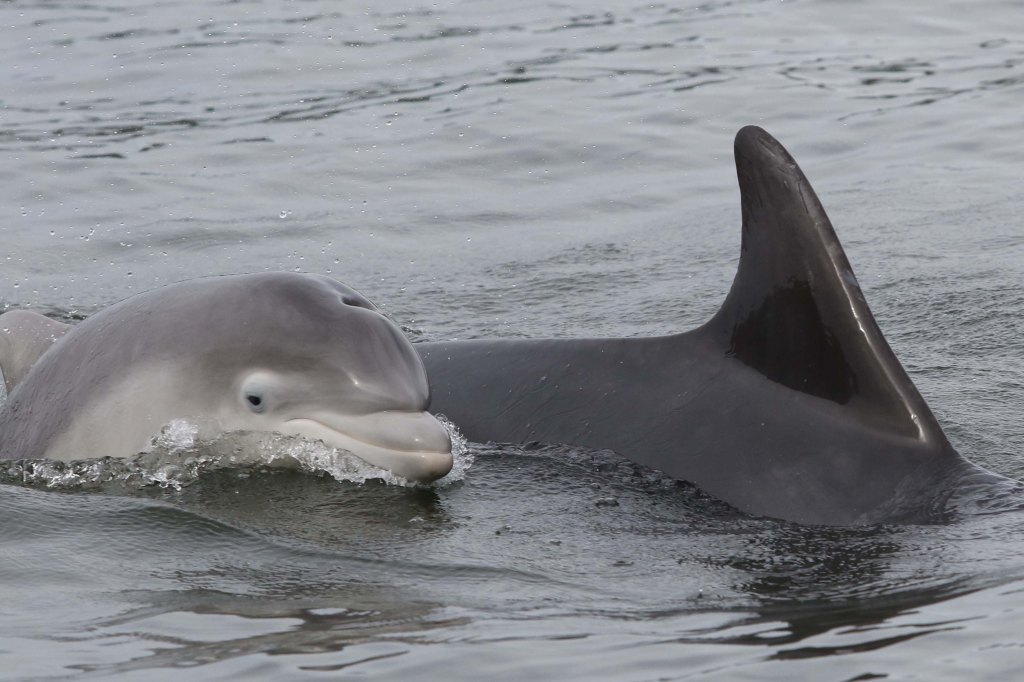

Pingback: East coast dolphins - Outdoor Learning Services and Information